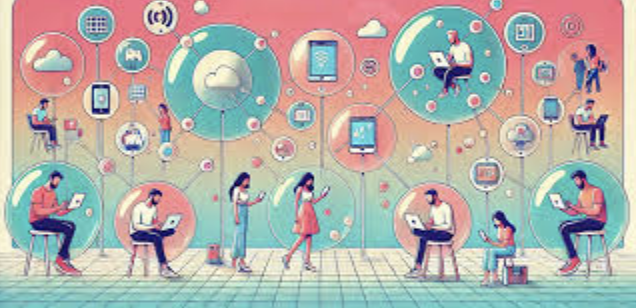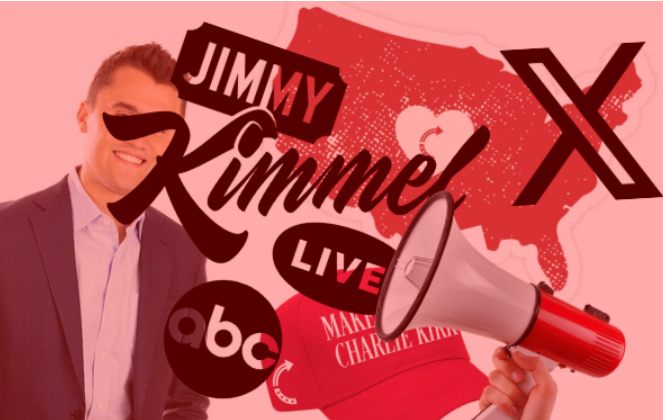In today’s digital age, social media has become one of the primary sources of information, especially for young people. The benefits are undeniable – it allows for the formation of communities around common interests and viewpoints, offers updates on current events, and enables self-expression through easily digestible short-form content that is highly entertaining and engaging. These factors contribute to the temptation of fully relying on apps such as TikTok, Instagram, and Twitter to form and share political opinions. However, it is crucial to retain a healthy scepticism and be aware of the various factors that inevitably shape social media users’ understanding of vital social and political issues.
The overbearing influence of social media algorithms is undeniable. To maximize user engagement, they create so-called “filter bubbles,” which conveniently isolate users from diverse viewpoints by exposing them only to content that aligns with past behaviors and reinforces preexisting beliefs and biases. While this ensures a more intense emotional response and makes the experience more enjoyable, it cultivates a false sense of being fully informed and prevents the individual from learning about the other side of an argument.
An example of one of the primary principles of any social media algorithm is promoting the most provocative content to the feed pages; the more shocking and overdramatized a post is, the easier it gains traction. Complex topics and intricate conflicts tend to get stripped of factual evidence and boiled down to out-of-context quotes, flashy compilations, and crude memes to appeal to the general audience. For instance, if a user were to see a clip of a member from the opposing political party, it would likely be the most striking example of irrational behavior only loosely based on that party’s beliefs. Such a scenario could also apply to racial, gender, etc., tensions.
As each side forms a vague understanding of the other based on stereotypes, they might develop extreme antagonistic attitudes. Social media communities start fiercely fighting the counterarguments that, however outrageous and entertaining, might have been practically fabricated by the algorithm. Thus, social media algorithms fuel extremism and increase political polarization.
In reality, people rarely come on TikTok or Instagram with the primary purpose of educating or debating. However, they get forced into heated political discussions and inundated with alarming news reports. Once users are upset, angered, or confused, they are offered primitive means of communication in the form of offensive stickers and comments that enable them to mock the opposing side with no consequences. As a result, people feel pressured to associate with a group, sometimes choosing to overlook nuances they disagree with for the sake of belonging and forming a stronger sense of identity. This further divides the community and makes it more difficult to remain open-minded, express curiosity, and consider different standpoints.
This is by no means an argument against having a strong opinion or associating with a political party. Rather, it is an encouragement to form one’s individual understanding of vitally important topics based on information from trustworthy, unbiased sources to and only then classify oneself into a group if the need to do so is present. This not only increases a person’s confidence in their opinion but also provides them with substantial evidence to support their argument.
Topics such as abortion rights, gun control, and gender equality should never be reduced to thirty-second ragebait clips. It is every individual’s responsibility to educate themselves, make informed decisions, and resist the blinding influence of the filter bubble created by social media algorithms.













